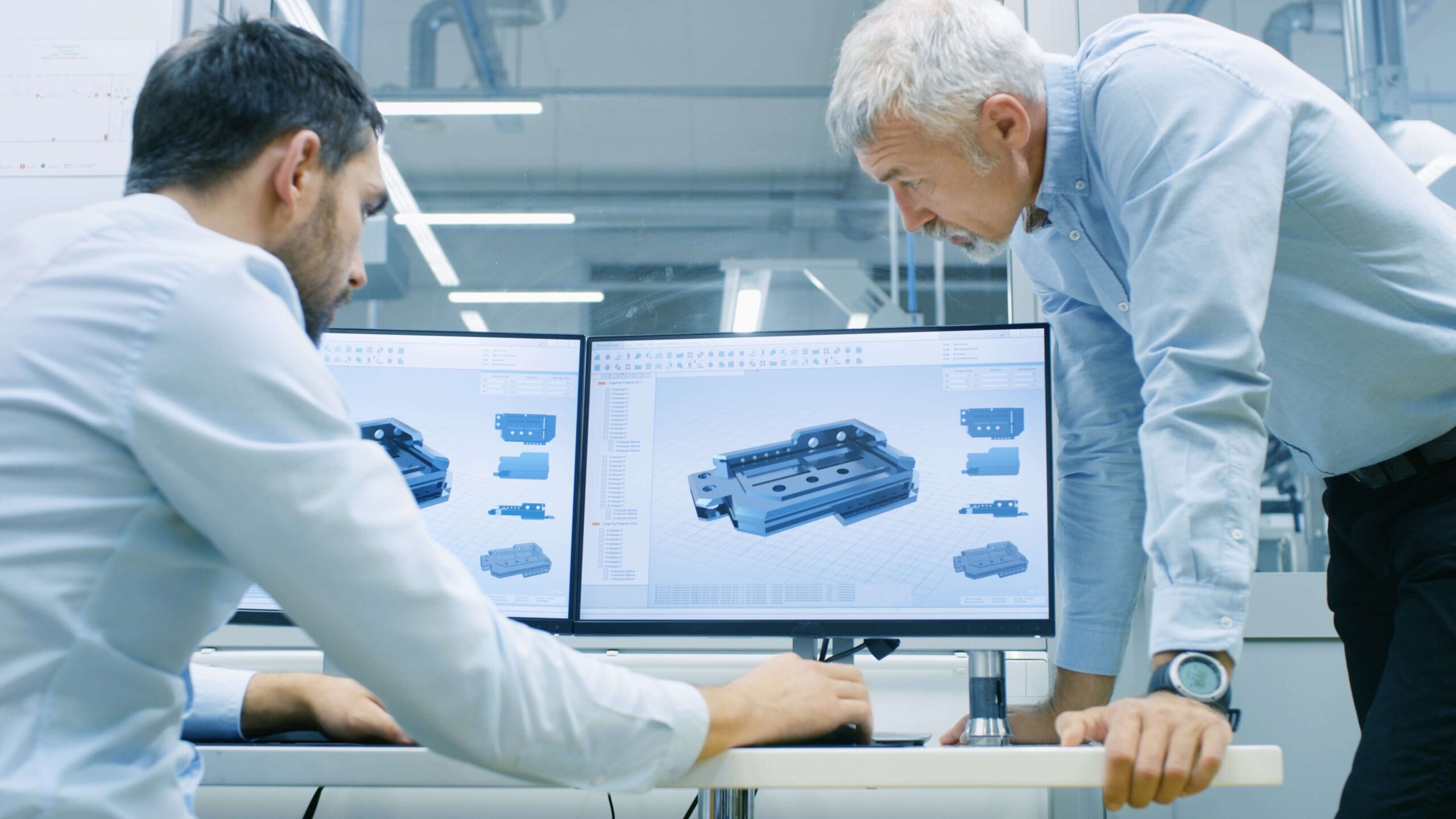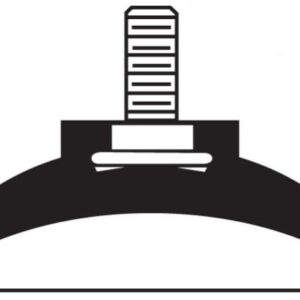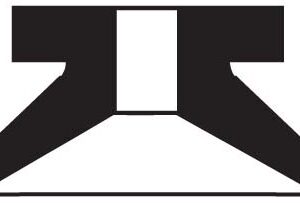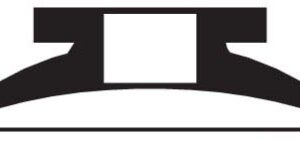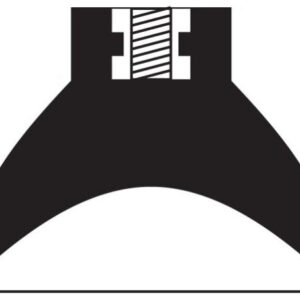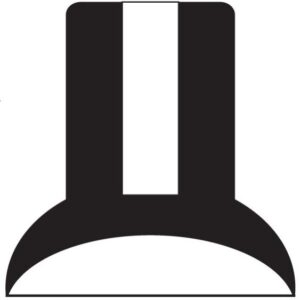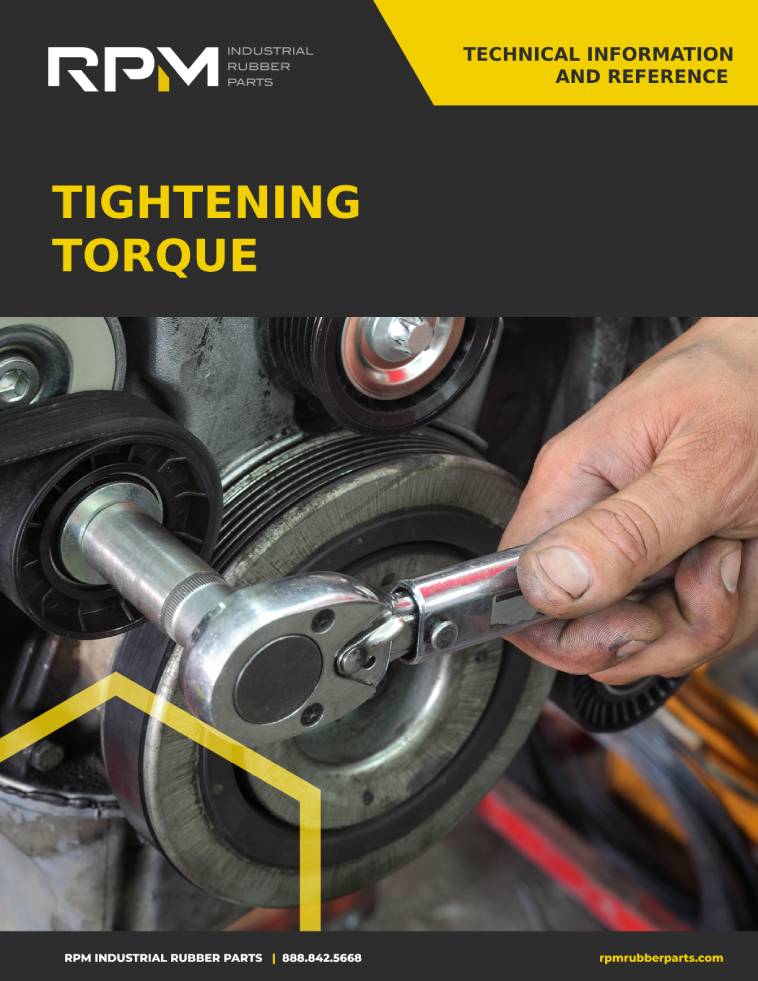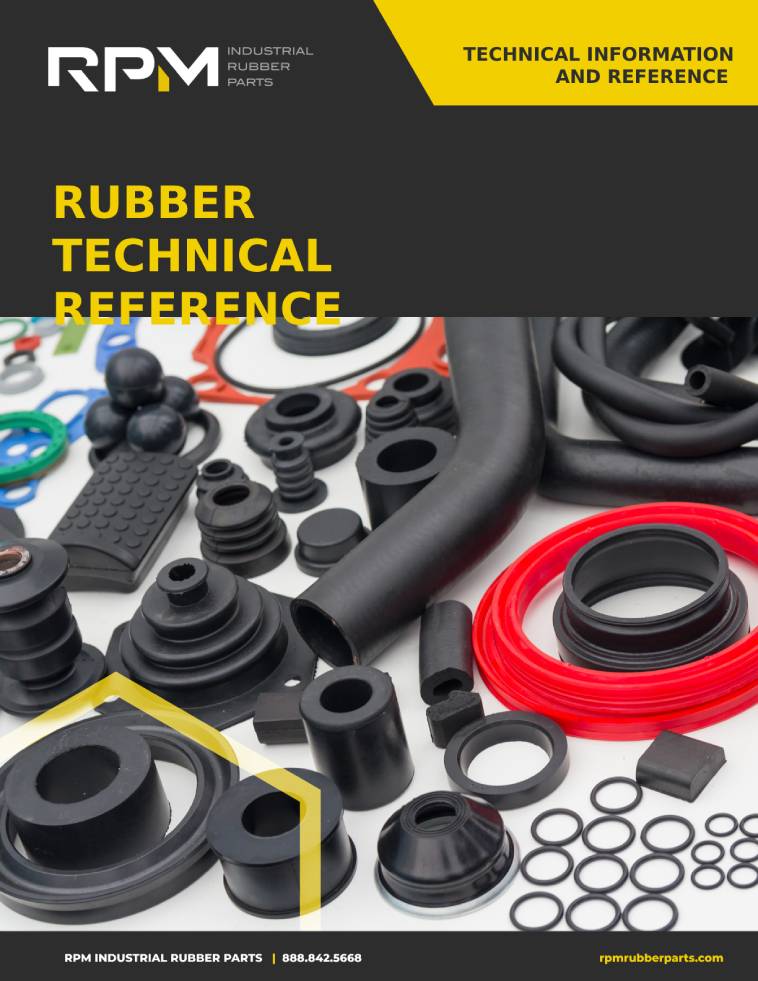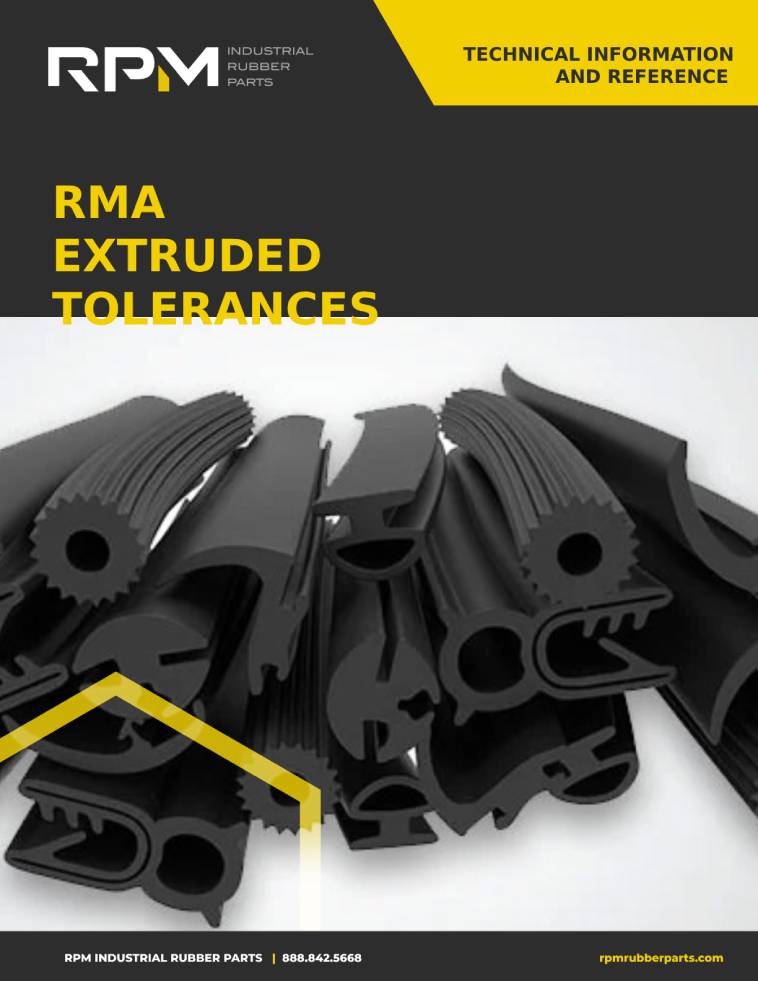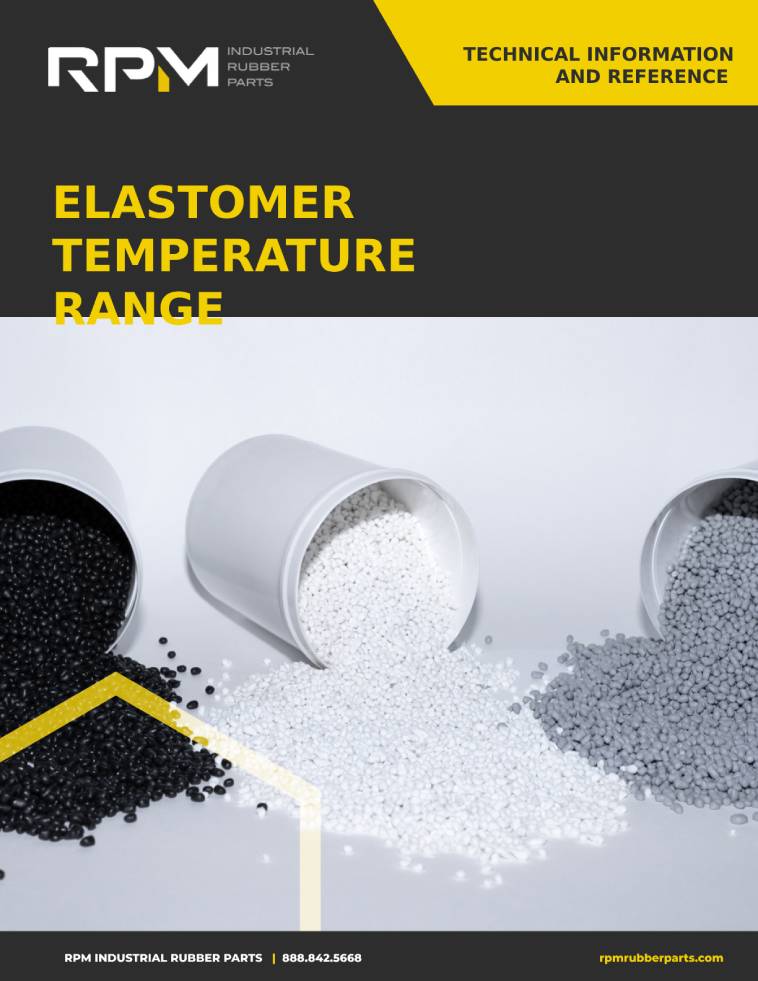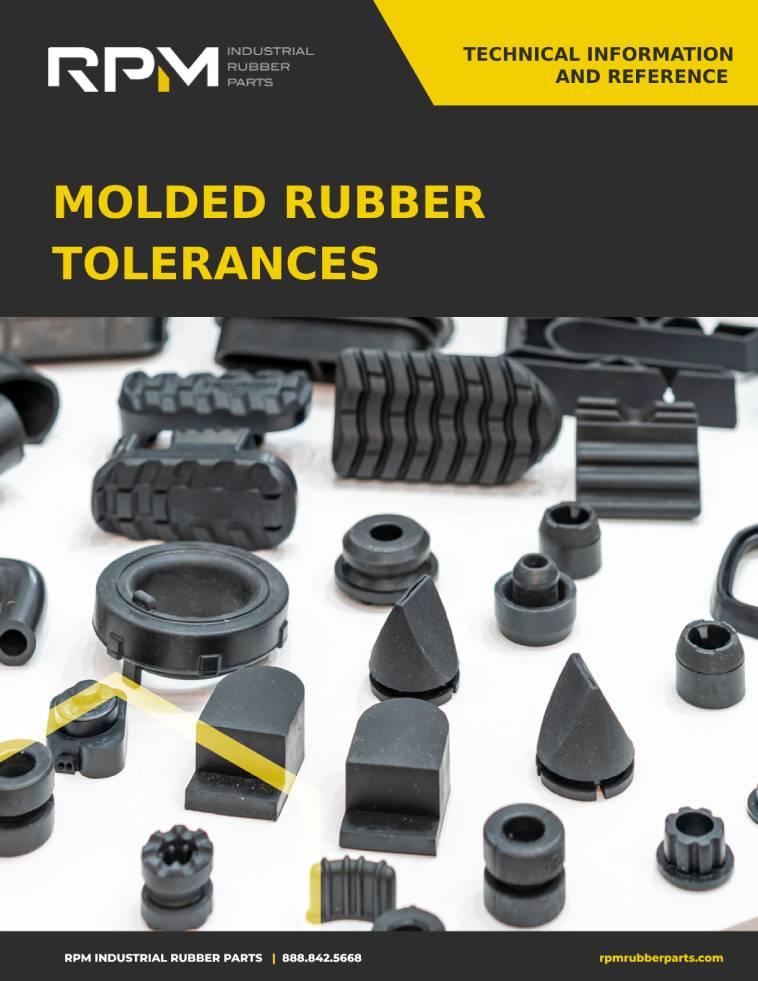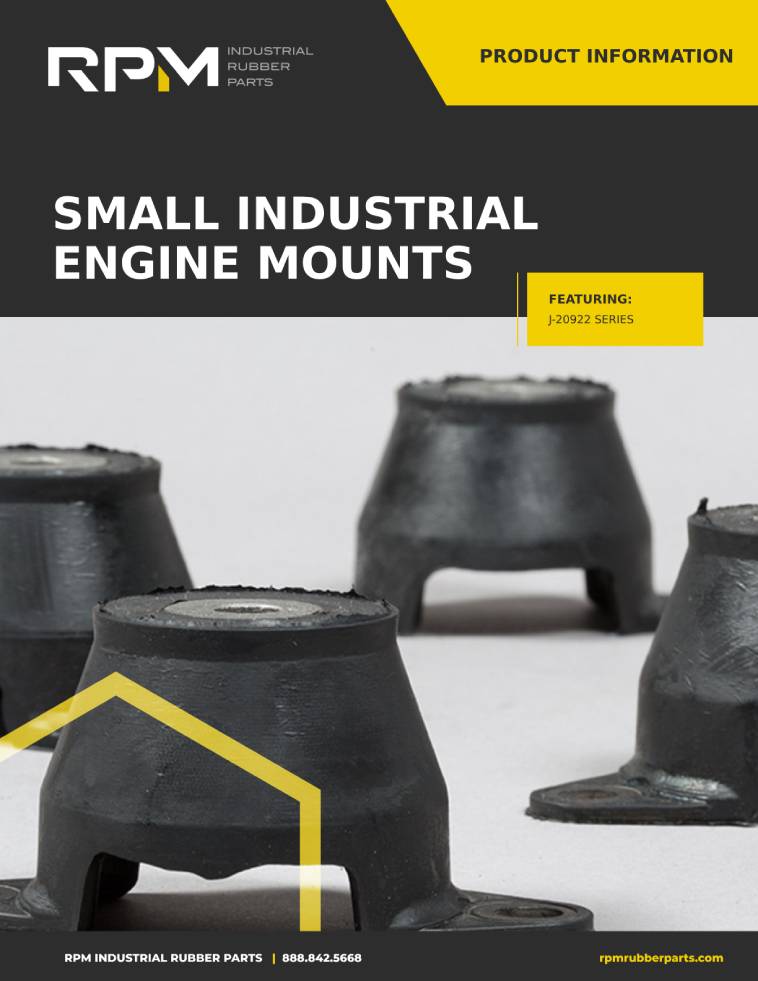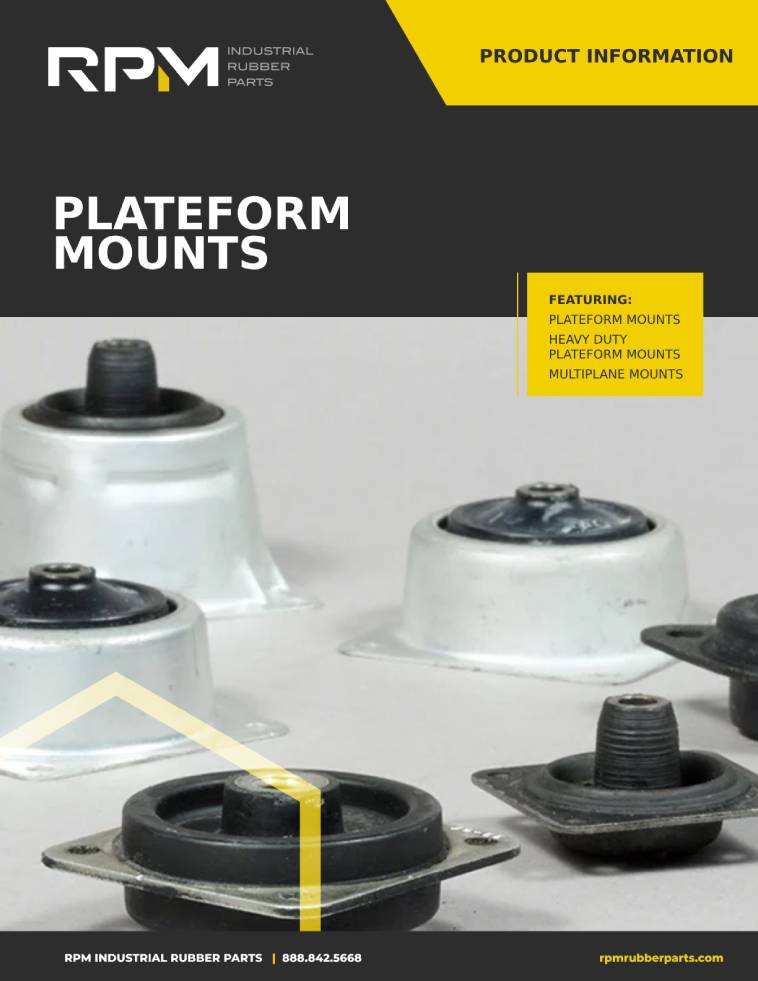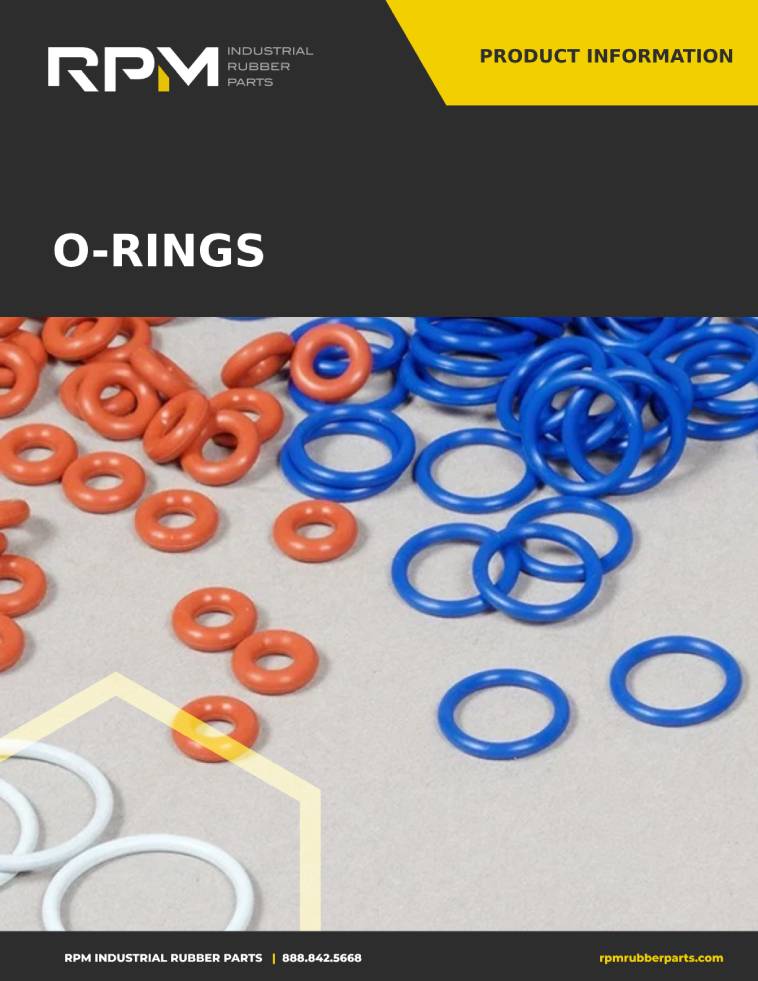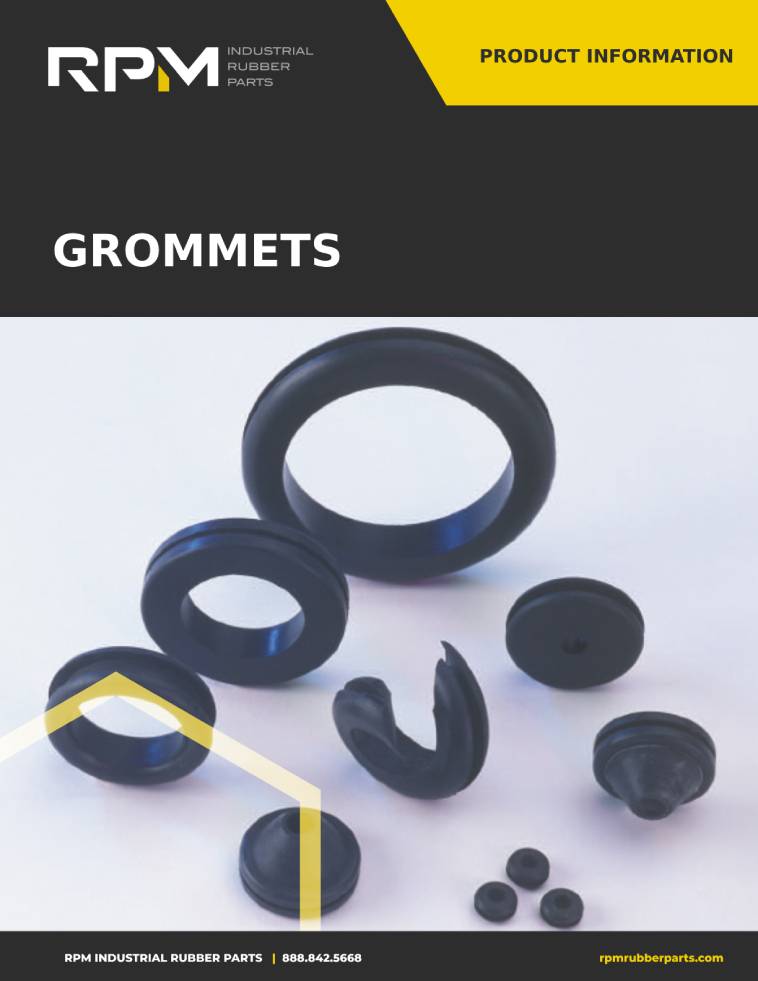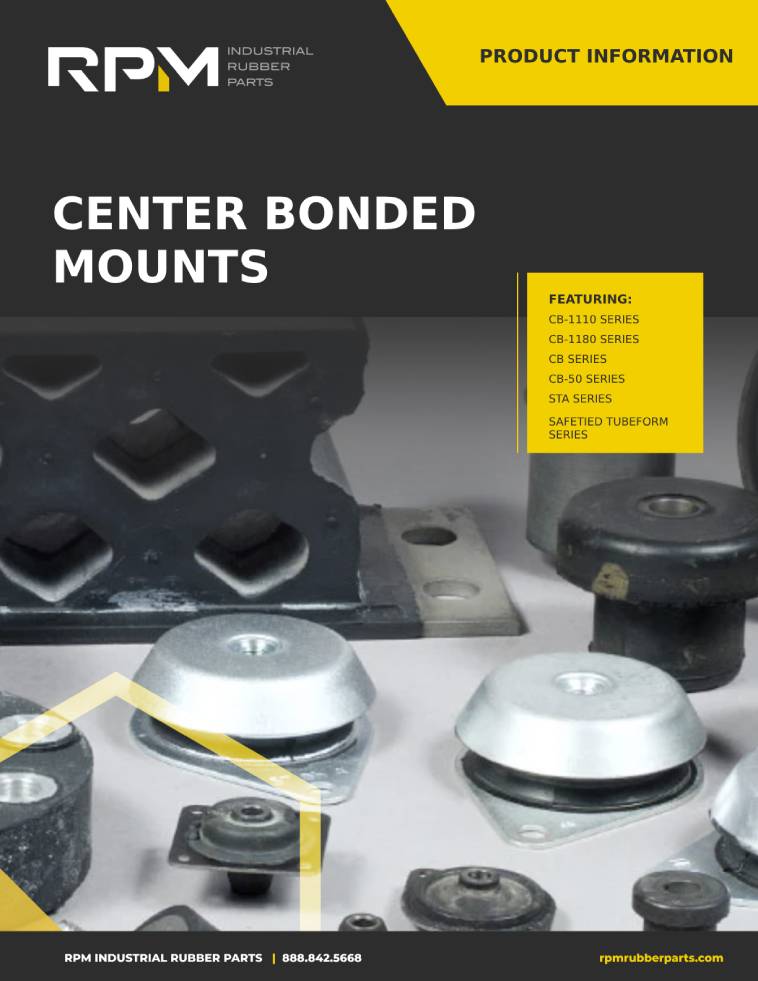The system analysis methodology is an important exercise for vibration isolator performance. This critical endeavor is the starting point for mounting strategies. An analysis like this can be applied to any number of machines and mechanical systems. For purposes of illustration, we will consider how system analysis methodology is used for an engine.
In an engine, engineers analyze the following components:
- Engine attachments
- Transmissions
- Gearboxes
- Pumps
- Generators
- Engine only
- Engine mounting system
All of the data from that analysis will inform this process.
Engine Analysis Data
RPM’s partner, Parker LORD, provides open access to its engine analysis datasheet. This is a helpful tool for walking through an analysis methodology. The data points that should be included are:
| Engine weight, including accessories | The rear face of the block behind the front mount | Tail support location behind the front mount |
| Transmission weight (wet) | Rear mount location behind the front mount | Moments of inertia |
| Transmission C.G. height below/above CSCL | Rear mounting spread | Specs on the engine itself |
| Engine C.G.height above CSCL | Front mounting spread | Specs on the transmission itself |
| Front and rear mount locations above/below CSC | Transmission C.G. location behind the front mount | Output torque |
| Engine C.G. location behind the front mount | Engine speed (idle and operating) | Application |
| Numbers of cylinders and arrangement | Two or four-stroke | Crankshaft arrangement |
If you were submitting specs to Parker LORD, all of the above would be required data points for an expert recommendation on vibration isolation methods and parts. Sometimes, layouts and drawings will already include this data. That can be used instead of a manual entry. This data is then used to create an engine analysis model.
Engine Analysis Model
The engine analysis model is crafted in various ways. Parker LORD has proprietary software, called Harmony, that will intake the relevant data and delivery models. The analysis will take into account things like static and dynamic loads, linear or nonlinear mount properties, and more. Once the model is built, the mount analysis begins. Engineers will use the data to perform static and dynamic analyses:
- Static analysis: analyzing engine weight and torque
- Dynamic analysis: natural frequencies and engine disturbances
Application mode—shock inputs, ground inputs, maneuvering loads—is also analyzed, depending on the intended use.
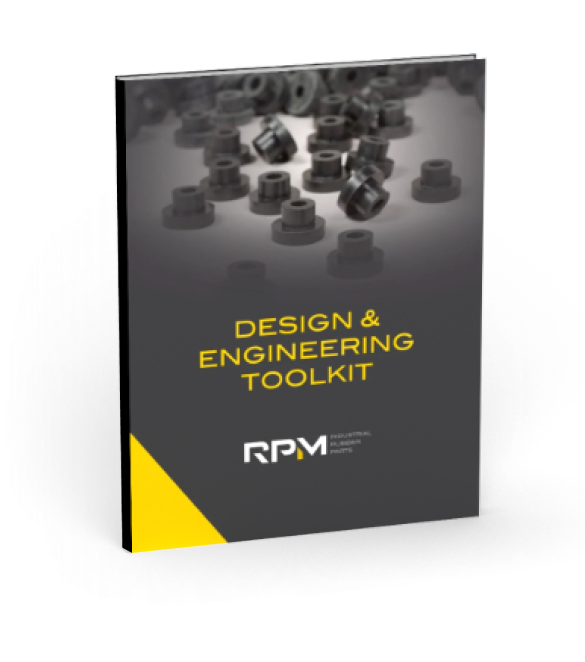
Do you really know everything about designing with rubber parts?
Get a free and valuable resource for finding or custom designing the exact part you need.
Engine Mounts & Vibration Isolation
Once the analysis is completed, mounts are selected. Recommendations are made that include:
- Mount styles
- Mount spring rates
- Mount systems
One of the most valuable outcomes of this analysis model is transmissibility plotting. Knowing the transmissibility value will inform the mount that a client should use. The goal is to conclude this process with a well-isolated system.
Mount Capabilities
Qualified engineers can analyze and design any part for vibration and motion control needs.
These include:
- Suspension components
- Cab mounts
- Driveline couplings
- Mounts for sensitive electronics
Vibration mounts are installed in numerous places on a machine or mechanical system. They increase the lifespan of valuable and essential machines and ensure safe ongoing use.
RPM for Vibration Isolation Parts
RPM is a leading manufacturer of vibration control products. We work with clients from design to delivery. This blog is part of a recent webinar, co-hosted by leaders within RPM and from Parker Lord, one of RPM’s primary partners. RPM sells Parker Lord vibration isolators and other manufactured parts. If you are in the market for a manufactured rubber solution or need a consultation about the right vibration isolator for your application, contact us.
Related Resource
The Engineer’s 7-minute Guide to Rubber Molded Parts
Our free resource is a quick-reference guide to help you determine if exploring a rubber part is right for your application.









